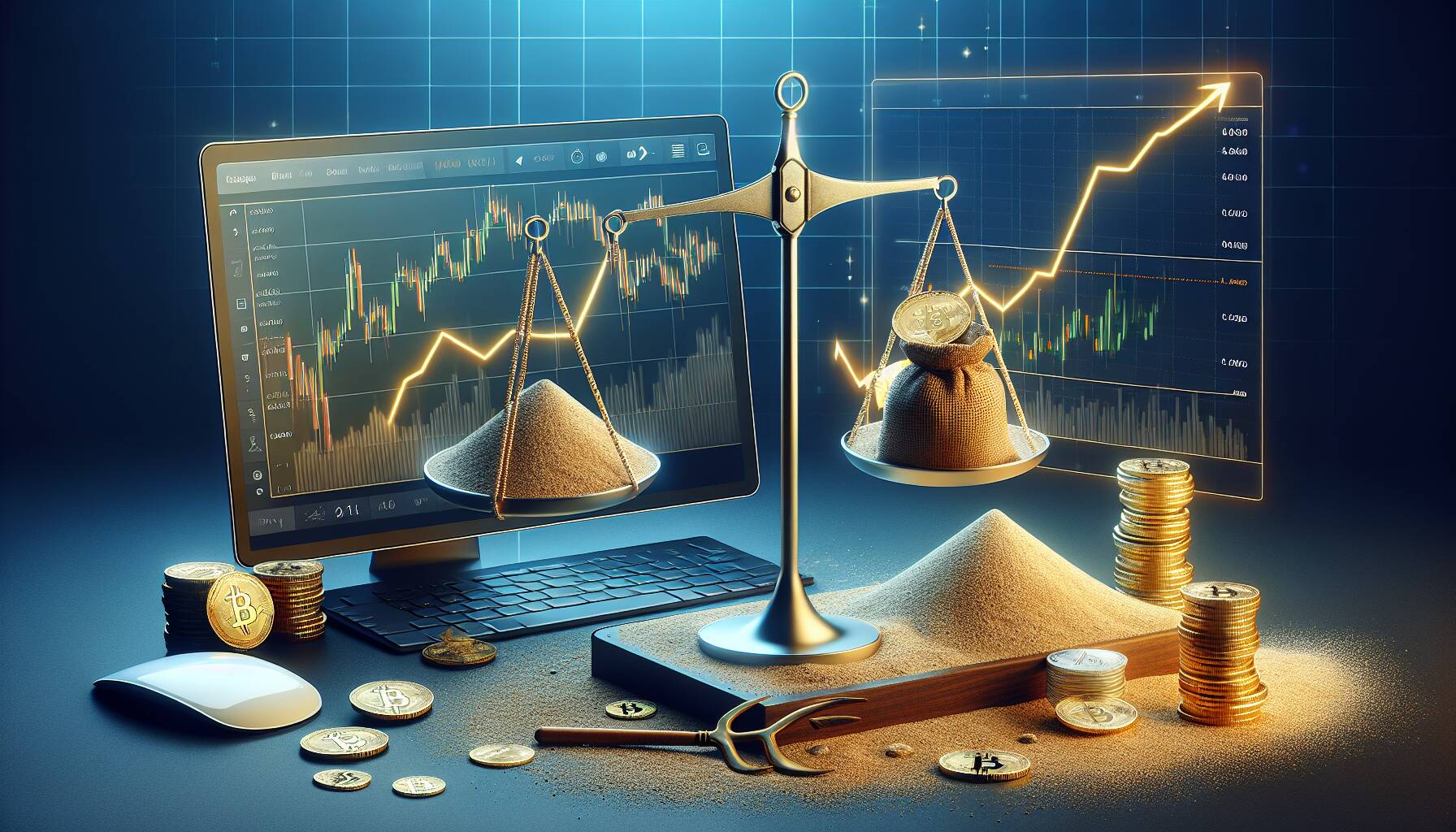The latest developments in the cryptocurrency market reveal an intriguing shift in investor behavior. Recent data suggests that traders are adopting a strategy of cautious accumulation, indicating a more careful approach amid ongoing price fluctuations. This trend points to a lack of broad conviction among market participants, as many remain hesitant to make significant moves.
During the latest trading sessions, several volatility spikes have caught the attention of investors. However, despite these fluctuations, trading volumes have consistently remained below trend levels. This discrepancy highlights a cautious atmosphere within the cryptocurrency community, as traders appear to be waiting for more definitive signals before committing to larger investments.
“Even in the face of rising volatility, the reluctance to engage in heavy trading suggests that investors are seeking more stability before diving deeper into the market,” notes a recent market analysis.
This cautious approach could have implications for the overall momentum in the cryptocurrency sector, as a lack of robust volume may signal uncertainty in future price movements. As the market continues to evolve, keeping an eye on these trends will be essential for understanding the broader dynamics at play.

The Impact of Cautious Accumulation in Trading
Key Points:
- Cautious Accumulation: Indicates a strategy where investors incrementally buy assets while being wary of market conditions.
- Below Trend Trading Volumes: Signals that many investors may be hesitant to enter the market fully, reflecting uncertainty.
- Volatility Spikes: Highlight periods of significant price movement, which can create both opportunities and risks for investors.
Impact on Readers’ Lives:
- Investment Decisions: Understanding cautious accumulation may help readers make informed choices about their own trading strategies.
- Risk Management: Awareness of volatile trading environments can lead readers to adopt safer practices in their investments.
- Market Insights: Recognizing trading patterns may empower readers to better interpret market signals and trends.
Market Calculations: Understanding Cautious Accumulation in Trading Dynamics
The latest observations in the trading sector highlight a pattern of cautious accumulation, an insight that resonates with broader economic fluctuations. Unlike instances of robust market enthusiasm, current volumes are notably subdued, indicating investors are advancing carefully amid heightened volatility. This cautious behavior can be contrasted with periods of high trading activity, where momentum fueled confidence. Here, the distinct absence of strong convictions may adversely affect bullish trends, creating a challenging environment for those seeking aggressive growth.
Competitive Advantages: This approach of cautious accumulation allows investors to navigate the market with a more measured strategy, potentially shielding them from large, unexpected losses. Investors who adopt this mindset may find themselves poised for longer-term gains when the market stabilizes, as they aim to gather assets without falling prey to fleeting trends. Furthermore, this strategy may attract risk-averse investors who prioritize capital preservation over immediate returns.
Disadvantages and Market Impact: However, this lack of broad conviction can create difficulties for market players who thrive on volatility and high trading volumes. Traders and firms that rely on rapid market movements may struggle to generate significant returns, leading to a potential downturn in profitability for these groups. Additionally, institutions may begin to recalibrate their strategies, potentially sidelining smaller investors who fear missing out on opportunities as larger players consolidate their positions.
Ultimately, while cautious accumulation reflects a prudent strategy in times of uncertainty, it could also establish a barrier for those looking to capitalize on dynamic market shifts. As traders navigate this landscape, both individual investors and organizational entities must adapt to a more cautious approach, balancing risk while remaining alert to emerging trends that could reshape the trading environment.





